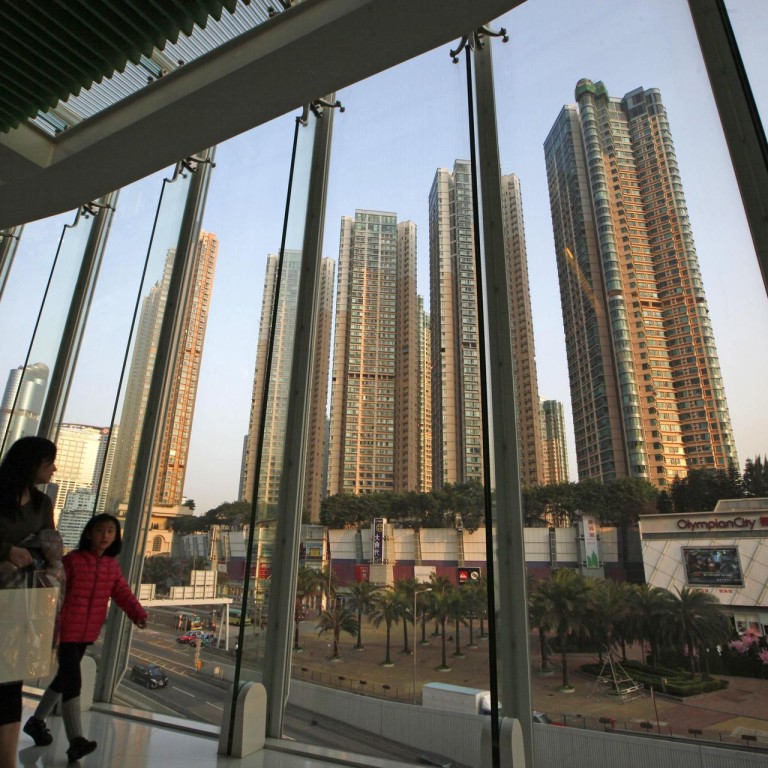
Price cuts not a certainty as construction costs soar
Research from surveyor firm Langdon and Seah shows the cost of building high-end flats rose to between HK$2,787 and HK$3,252 per square foot in the third quarter of 2013, a jump of 133 per cent from HK$1,195 to HK$1,413 per square foot in the third quarter of 2009.
Developers are bearing the burden as residential construction costs have more than doubled in recent years, but opinion is divided as to whether this will force them to go for price cuts in projects to spur sales.
Research from surveyor firm Langdon and Seah shows the cost of building high-end flats rose to between HK$2,787 and HK$3,252 per square foot in the third quarter of 2013, a jump of 133 per cent from HK$1,195 to HK$1,413 per square foot in the third quarter of 2009.
"Developers aim for a net profit margin of at least 30 per cent. If they get single-digit profit margins each year, it is a fruitless business to them," said Nicole Wong, regional head of property research at CLSA.
One example is K Wah International, which acquired a site in Kai Tak for HK$5,300 per square foot last month. The total development cost is about HK$9,696 per square foot, including the construction cost of HK$3,613 per square foot and interest expenses.
If the project's average price reached HK$15,000 per square foot, the developer will have a profit margin of 19.2 per cent.
Since it usually takes at least three years to develop a project, the profit margin would shrivel to only 6 per cent per year.
Cheung Kong (Holdings) chairman Li Ka-shing and Sun Hung Kai Properties joint-chairman Thomas Kwok Ping-kwong said home prices will not be falling soon due to high construction costs that keep on rising.
Wong does not believe ballooning construction costs will prop up home prices, saying an anticipated decline in land costs will prompt developers to cut prices.
"They will cut the price significantly in order to boost sales," said Wong.
"Land prices will fall as the government will keep on increasing the land supply. The development cost of these new projects would be lower. If developers postponed sales of their existing projects and did not cut prices, they will face strong competition from new projects. There will be plenty of new housing supply in the future.
"Even if they hold the projects for three years, they may not able to achieve a better price as interest rates may rise. And the property could depreciate," she added.
Bocom International analyst Alfred Lau believes developers would rather "sit on the inventory" until the market recovered.
"There is no major incentive for developers to undercut the prices. Hong Kong developers had to cut the property prices after the Asian financial crisis happened in 1997 as their gearing ratio was high and the cost of funding was high. Their land bank was enough for them to develop for five to six years," he said.
"But now, the cost of funding is only 1 to 2 per cent and developers' gearing ratio is very low. Their land bank is enough for their use for three to four years only."
The Beverly Hills in Tai Po, developed by Henderson Land, is an example of a developer preferring to "sit on the inventory" until the price rebounded. The developer launched the project in 2003 and then relaunched the project in 2010 when luxury property prices surged.
Before the property market recovered in the second half of 2003, developers cut the prices of new projects to attract buyers. The price war was particularly fierce in West Kowloon and Tseung Kwan O as they were the major sources of new home supply and had higher vacancy rates.


